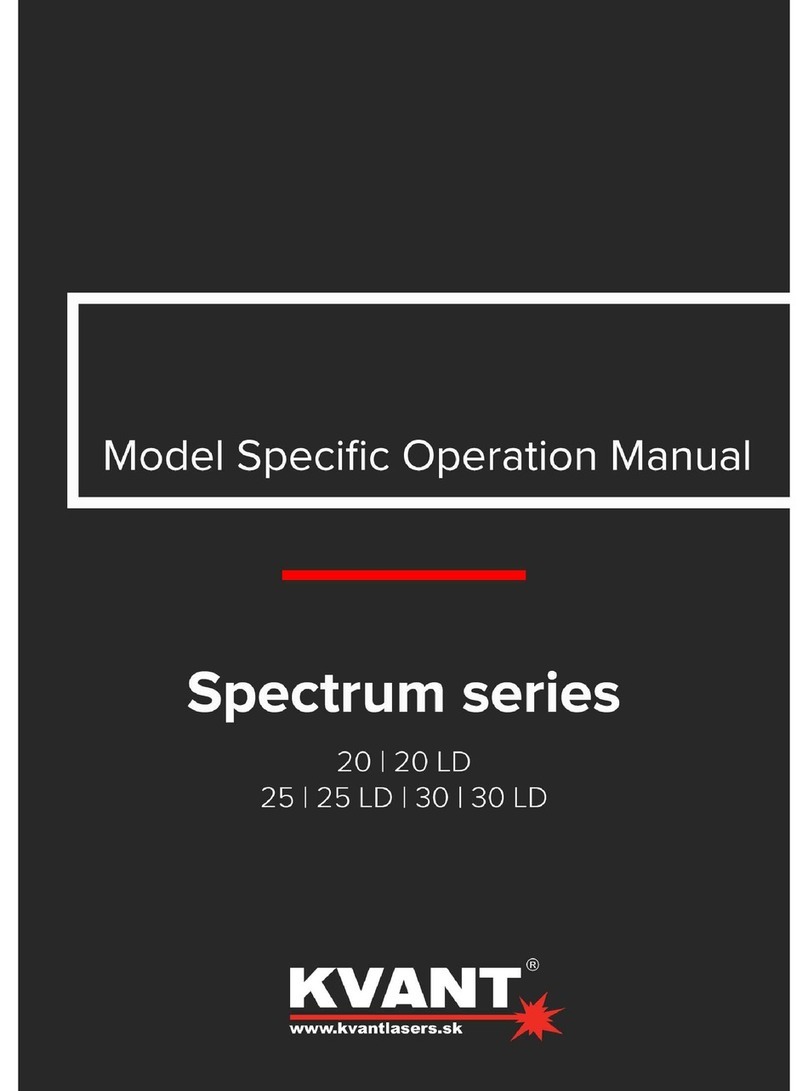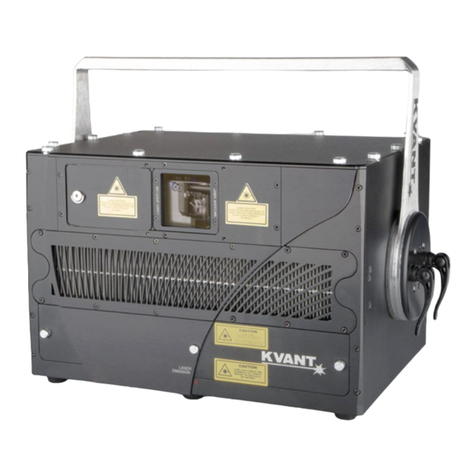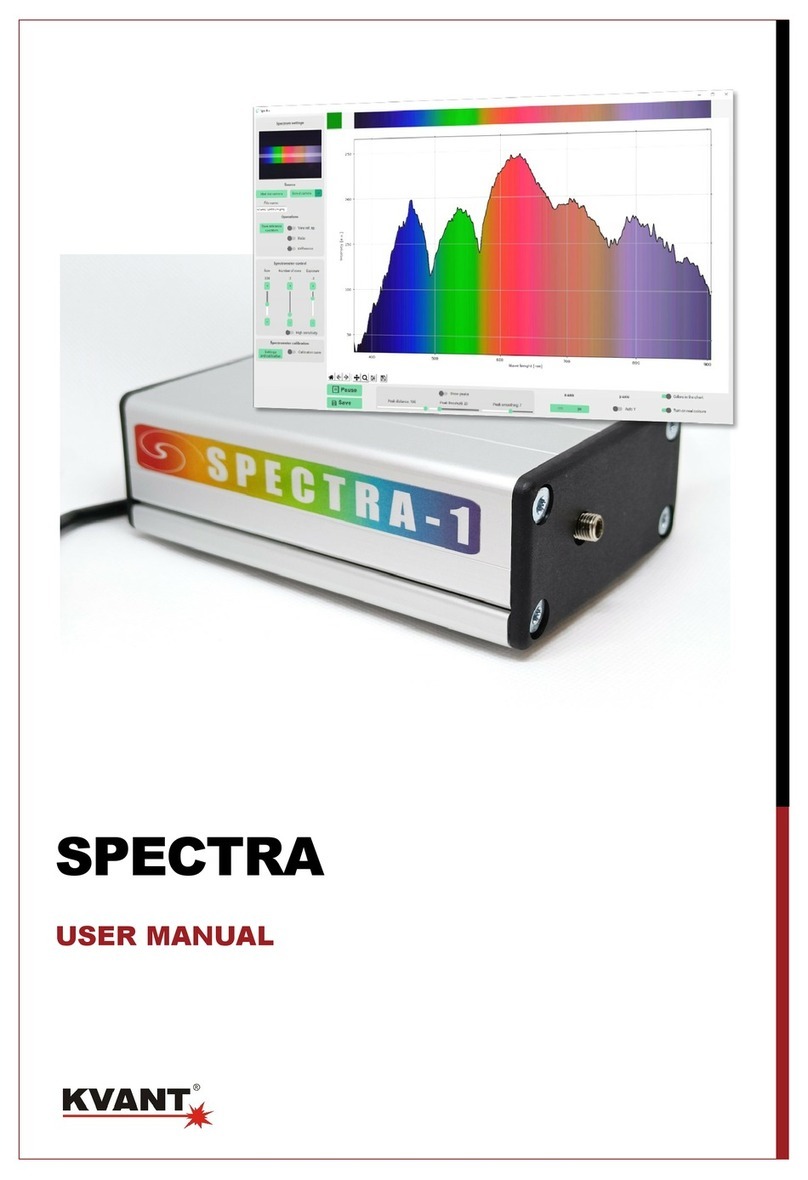
Table of Contents
1. Introduction . . . . . . . . . . . . . . . . . . . . . . . . . . . . . . . . . . . . . . . . . . . . . . . . . . . . . . . . . . . . . . . . . . . . . 01
2. General information. . . . . . . . . . . . . . . . . . . . . . . . . . . . . . . . . . . . . . . . . . . . . . . . . . . . . . . . . . . . . . . 02
2.1. What is a laser and how does it work? . . . . . . . . . . . . . . . . . . . . . . . . . . . . 04
2.2. Laser Safety First! . . . . . . . . . . . . . . . . . . . . . . . . . . . . . . . . . . . . . 06
2.3. Installation of the System . . . . . . . . . . . . . . . . . . . . . . . . . . . . . . . . . . 07
2.4. Control System . . . . . . . . . . . . . . . . . . . . . . . . . . . . . . . . . . . . . . 08
2.5. Scanning System . . . . . . . . . . . . . . . . . . . . . . . . . . . . . . . . . . . . . 09
2.6. Connection Diagram. . . . . . . . . . . . . . . . . . . . . . . . . . . . . . . . . . . . . 11
2.7. Multiple System Interlock . . . . . . . . . . . . . . . . . . . . . . . . . . . . . . . . . . 12
2.8. Switching ON sequence and User Interlock . . . . . . . . . . . . . . . . . . . . . . . . . . .13
2.9. Maintenance . . . . . . . . . . . . . . . . . . . . . . . . . . . . . . . . . . . . . . . 16
3. Item Checklist. . . . . . . . . . . . . . . . . . . . . . . . . . . . . . . . . . . . . . . . . . . . . . . . . . . . . . . . . . . . . . . . . . . . 18
4. Optional Accessories. . . . . . . . . . . . . . . . . . . . . . . . . . . . . . . . . . . . . . . . . . . . . . . . . . . . . . . . . . . . . . 20
5. System Overview . . . . . . . . . . . . . . . . . . . . . . . . . . . . . . . . . . . . . . . . . . . . . . . . . . . . . . . . . . . . . . . . . 21
5.1. Front View . . . . . . . . . . . . . . . . . . . . . . . . . . . . . . . . . . . . . . . . 22
5.2. Rear View . . . . . . . . . . . . . . . . . . . . . . . . . . . . . . . . . . . . . . . . 23
6. How to control Yellow colour . . . . . . . . . . . . . . . . . . . . . . . . . . . . . . . . . . . . . . . . . . . . . . . . . . . . . . . 26
6.1. Advanced Mode . . . . . . . . . . . . . . . . . . . . . . . . . . . . . . . . . . . . . 27
6.2. Colour Balance display mode . . . . . . . . . . . . . . . . . . . . . . . . . . . . . . . . 29
7. Beam Alignment . . . . . . . . . . . . . . . . . . . . . . . . . . . . . . . . . . . . . . . . . . . . . . . . . . . . . . . . . . . . . . . . . 30
7.1. Beam Alignment Manual Dichroic Filters . . . . . . . . . . . . . . . . . . . . . . . . . . . 32
8. Technical Specifications . . . . . . . . . . . . . . . . . . . . . . . . . . . . . . . . . . . . . . . . . . . . . . . . . . . . . . . . . . . 35
8.1. Technical Specification [Atom 14 RGBY] . . . . . . . . . . . . . . . . . . . . . . . . . . . . 36
8.2. Technical Specification [LD 33 Atom RGBY] . . . . . . . . . . . . . . . . . . . . . . . . . . 37
8.3. Technical Specification [Spectrum 25 RGBY]. . . . . . . . . . . . . . . . . . . . . . . . . . 38
8.4. Technical Specification [LD 25 Spectrum RGBY] . . . . . . . . . . . . . . . . . . . . . . . . 39
8.5. Technical Specification [Spectrum 33 RGBY]. . . . . . . . . . . . . . . . . . . . . . . . . . 40
8.6. Technical Specification [LD 33 Spectrum RGBY] . . . . . . . . . . . . . . . . . . . . . . . . .41

































